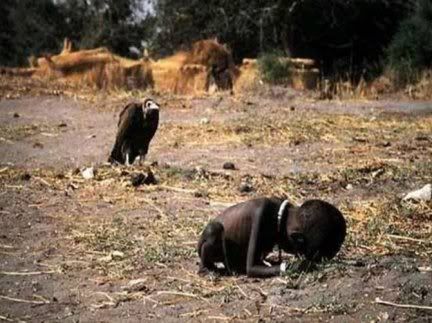The Society of Professional Journalists created a Code of Ethics as a recommended standard of good practices. These are only recommendations. They are not rules.
Within the principle to Minimize Harm, the code states:
Ethical journalists treat sources, subjects and colleagues as human beings deserving of respect.
Journalists should:
With that in mind does this photograph from the New York Post maintain or violate the standards of the SPJ's Code of Ethics?

Here is the story behind the controversial photograph.
On one level, these sort of incidents stir passionate discussions in newsrooms (yes, they still exist) and journalism classes. On another the actions of the photographer fit quite nicely into a society where everyone has a camera and any tragedy is only a few clicks away from being uploaded to You Tube or featured on TMZ or World Star Hip-Hop.
I was a newspaper editor. I wouldn't have run this photo.
Would you?
Within the principle to Minimize Harm, the code states:
Ethical journalists treat sources, subjects and colleagues as human beings deserving of respect.
Journalists should:
— Show compassion for those who may be affected adversely by news coverage. Use special sensitivity when dealing with children and inexperienced sources or subjects.
— Be sensitive when seeking or using interviews or photographs of those affected by tragedy or grief.
— Recognize that gathering and reporting information may cause harm or discomfort. Pursuit of the news is not a license for arrogance.
— Show good taste. Avoid pandering to lurid curiosity.
With that in mind does this photograph from the New York Post maintain or violate the standards of the SPJ's Code of Ethics?

Here is the story behind the controversial photograph.
Queens man Ki Suk Han, 58, died after he was pushed on the tracks by an unnamed attacker moments before an oncoming train arrived at the 49th Street N, R, Q subway platform in Manhattan on Monday afternoon, according to police. On Tuesday afternoon, police confirmed they had someone in custody in connection with the attack. The photographer who shot the chilling image, New York Post freelancer R. Umar Abbasi, has sparked outrage on social media from those wondering why he did not do something to help pull Han off the track instead of taking pictures.
Abbasi told the New York Post that he started running toward Han and hitting the flash on his camera while shooting photos, hoping to catch the attention of the train’s driver.
“The most painful part was I could see him getting closer to the edge. He was getting so close,’’ Abbasi told The Post. “And people were running toward him and the train. I didn’t think about [the attacker] until after. In that moment, I just wanted to warn the train – to try and save a life.”
“Getting a conductor's attention with a flash — and maybe even blinding him with it — doesn't seem like the way you'd necessarily help someone that's clinging to the subway platform,’’ wrote The Atlantic’s Alexander Abad-Santos.
On one level, these sort of incidents stir passionate discussions in newsrooms (yes, they still exist) and journalism classes. On another the actions of the photographer fit quite nicely into a society where everyone has a camera and any tragedy is only a few clicks away from being uploaded to You Tube or featured on TMZ or World Star Hip-Hop.
I was a newspaper editor. I wouldn't have run this photo.
Would you?


